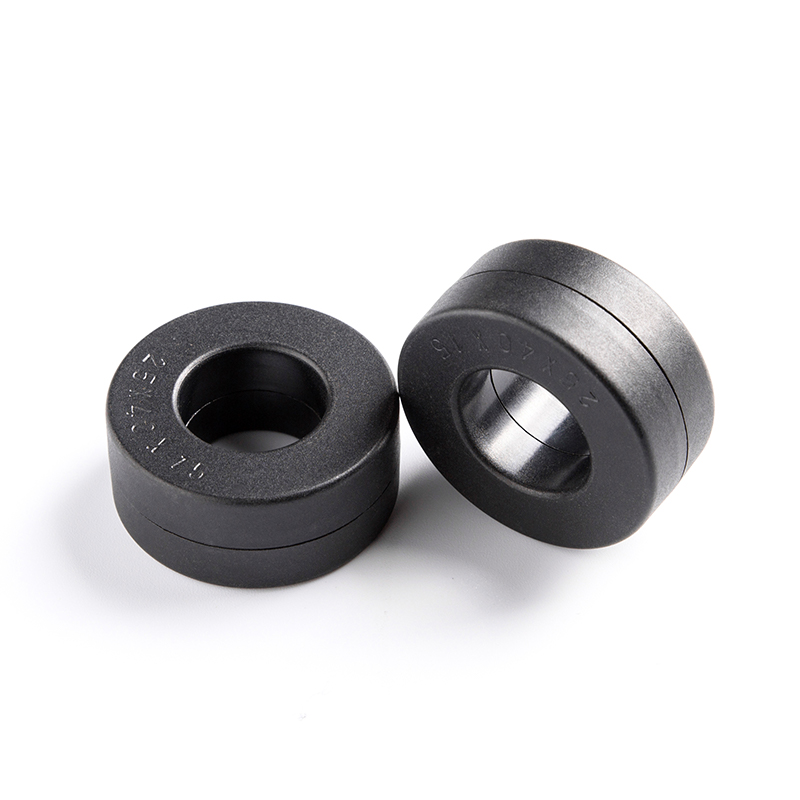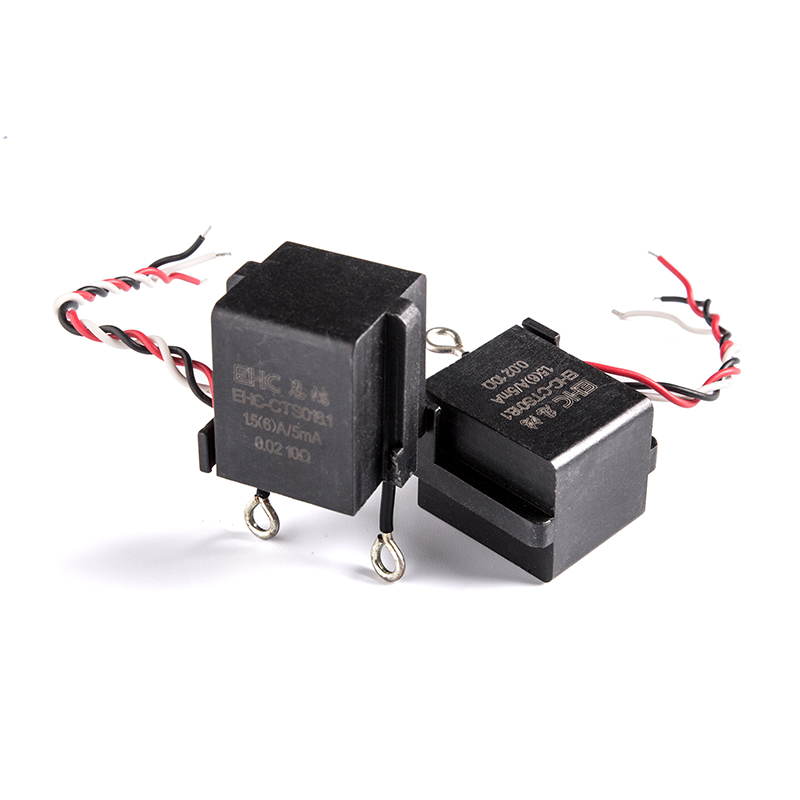The relationship between the saturation behavior of a core material and its hysteresis characteristics is intricate and interconnected. While they are distinct phenomena, they influence each other in inductor design. Here's a closer look at this relationship:
Saturation Behavior: Saturation refers to the point at which a Inductor core material reaches its maximum magnetic flux density under a given magnetic field strength. At saturation, the material's magnetic domains are fully aligned, and further increases in the magnetic field strength do not lead to significant increases in flux density. Saturation is a crucial consideration in inductor design because exceeding the saturation point can lead to a rapid decrease in inductance and affect the performance of the inductor.
Hysteresis Characteristics: Hysteresis refers to the lag between the magnetization and demagnetization of a core material when subjected to alternating magnetic fields. This lag results in energy loss in the form of heat and is represented by the hysteresis loop, which shows the relationship between the magnetic flux density (B) and the magnetic field strength (H) during the magnetization cycle. The area enclosed by the hysteresis loop represents the energy lost as the material undergoes magnetization and demagnetization cycles.
The relationship between saturation behavior and hysteresis characteristics can be understood through the material's magnetic properties, particularly coercivity and remanence:
Coercivity: Coercivity is the measure of a material's resistance to changes in magnetization. Materials with higher coercivity require more energy to magnetize and demagnetize, leading to lower hysteresis losses. However, higher coercivity can also lead to higher saturation levels, as the material requires a stronger magnetic field to reach saturation. Therefore, there's often a trade-off between coercivity and saturation behavior.
Remanence: Remanence, also known as residual magnetization, refers to the magnetic flux density that remains in a material after the removal of the external magnetic field. High remanence can result in a larger area enclosed by the hysteresis loop, indicating higher hysteresis losses. However, it can also contribute to higher saturation levels, as the material retains more magnetization even after the external magnetic field is removed.

 English
English 中文简体
中文简体 Deutsch
Deutsch 日本語
日本語

 View More >>
View More >> View More >>
View More >> View More >>
View More >> View More >>
View More >> View More >>
View More >> View More >>
View More >> View More >>
View More >>